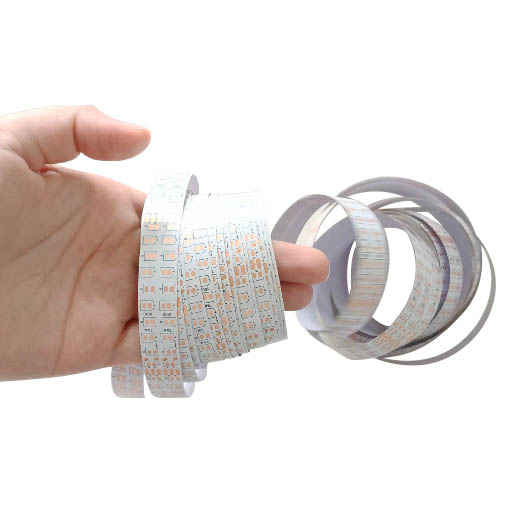What Design Challenges Come with Using Flexible Printed Circuit Boards?
2025-07-17
Flexible printed circuit boards, or flex PCBs, are a game-changer in electronics design. They’re light, bendable, and can fit into tight, oddly shaped spaces. You’ll find them in everything from smartphones and laptops to medical wearables and aerospace equipment. But while they offer a lot of benefits, designing with them isn’t always easy.
Let’s talk about some of the common challenges engineers face when working with flexible PCBs.
One of the biggest hurdles is bending and movement. Flex PCBs are designed to move, but that movement puts stress on the copper traces and the insulating layers. If the design isn’t done right, repeated bending can cause cracks or breaks in the circuit. Designers need to carefully plan how the board will move and place traces in a way that minimizes stress, especially around bend areas.
Another challenge is material selection. You can’t just use the same materials you would with a rigid PCB. Flex circuits usually rely on polyimide films, and those materials have their own handling requirements. Getting the thickness and layer structure right is key, because too thick and it won’t flex well, too thin and it might tear or fail under stress.
Then there’s the issue of limited space. Flex boards are often used in products where every millimeter counts. That means the layout has to be incredibly efficient. Components need to be placed in just the right spot, and traces need to be routed carefully to avoid interference or electrical noise. At the same time, you have to maintain proper spacing to prevent short circuits or signal loss.

Connector design can also be tricky. Since flex PCBs are often connected to rigid boards or other components, the transitions have to be mechanically secure and electrically reliable. If not handled well, the connectors become weak points where failure is more likely to happen.
Another thing that catches many designers off guard is cost. While flex PCBs save space and reduce the need for connectors and wiring, they can be more expensive to prototype and produce, especially in small volumes. The materials and fabrication processes are more specialized, and small mistakes can turn into costly delays.
And let’s not forget about manufacturing tolerances. Flex boards require tight control over dimensions during production. Even slight misalignments can affect how the board fits or functions. Designers need to work closely with manufacturers to make sure their design is actually buildable.
Finally, testing and repair can be more difficult. Flex boards aren’t as easy to probe or fix as rigid ones. Once something goes wrong, it can be hard to identify the fault, and repairs might not even be possible in some cases.
In short, flexible PCBs open up a lot of creative possibilities, but they also bring a unique set of design challenges. Success depends on understanding how the board will be used, choosing the right materials, and working closely with your manufacturing partner. With careful planning and attention to detail, flex PCB designs can be both reliable and incredibly effective in the right applications.


